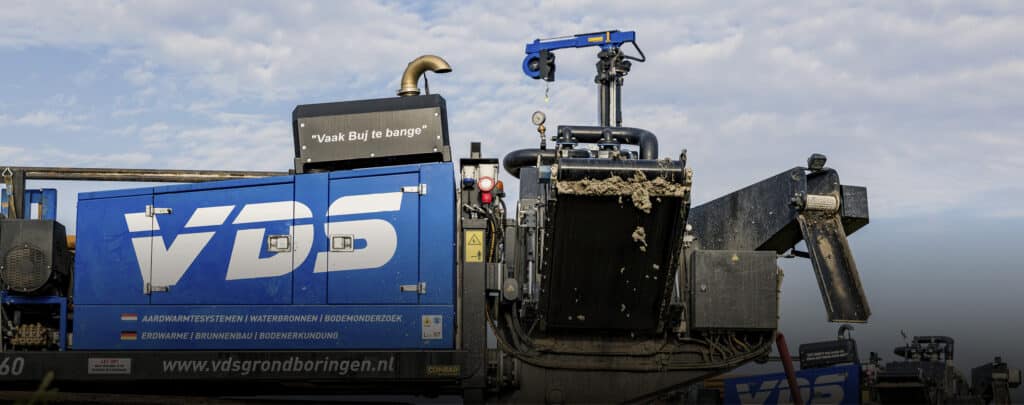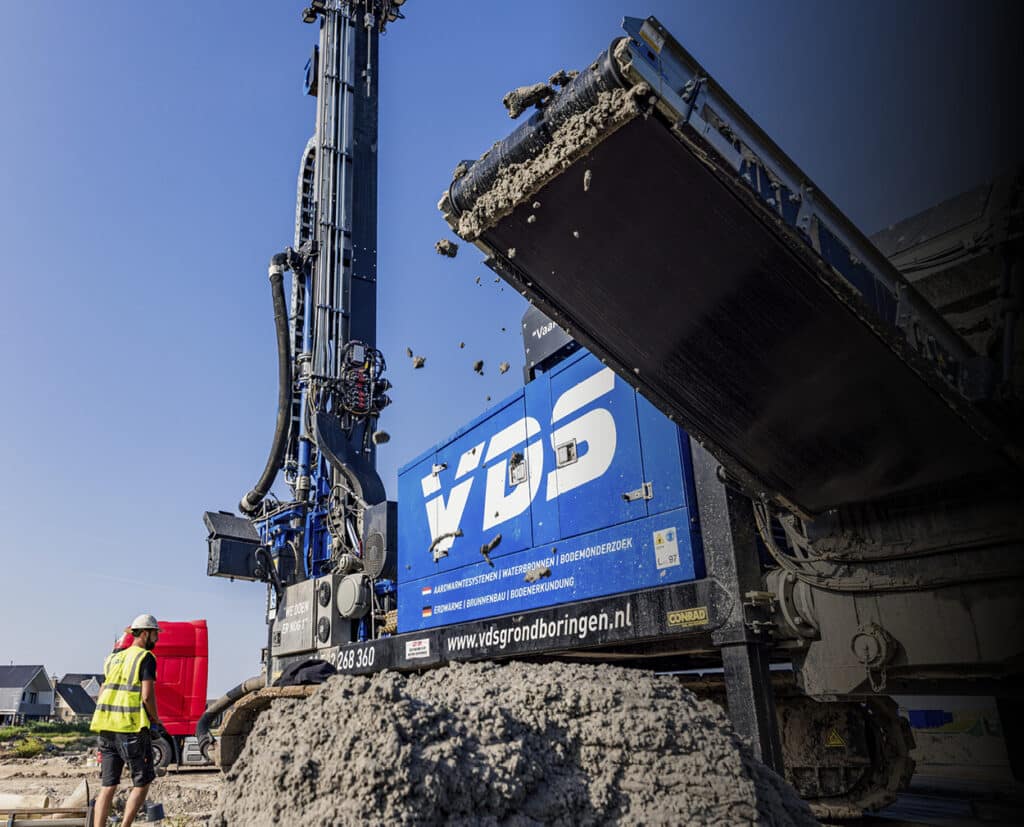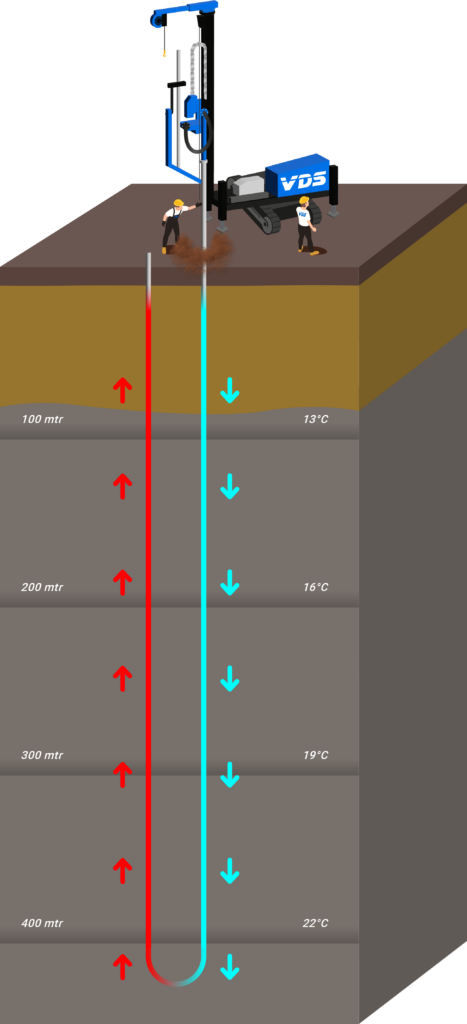Geothermal systems


Operation of geothermal heating system
Geothermal systems, also known as geothermal systems, are energy solutions that use the natural heat from the earth to heat and cool buildings.
The temperature underground remains relatively constant throughout the year, making this energy source reliable and efficient.
Operation of a geothermal heating system:
A geothermal heating system consists of several key components:
- Soil loop or heat exchanger: This is a series of pipes placed underground, usually in a vertical or horizontal configuration.
Through these pipes flows a fluid (usually a mixture of water and antifreeze) that absorbs heat from the ground or releases heat to the ground. - Heat pump: The fluid in the ground loop circulates through a heat pump that controls heat transfer.
In winter, the heat pump extracts heat from the ground and brings it inside to heat the building.
In summer, it works in reverse, removing heat from the building and releasing it to the earth for cooling. - Distribution and control systems: Heat is distributed through the building via the distribution system (e.g., underfloor heating, radiators or air ducts).
Benefits of geothermal heating systems
A sealed geothermal heating system has several advantages over other heating and cooling systems.
Here are the main advantages:
Energy efficient
Geothermal heating is a very efficient way to heat and cool a building because it takes advantage of the stable temperature underground.
Sustainable
The system uses renewable energy from the earth, resulting in a low carbon footprint.
Cost-saving
After the initial installation cost, energy costs drop significantly, resulting in long-term savings.
Low maintenance
Geothermal heating systems have few moving parts and require little maintenance, making them reliable.
VDS SHAKE SIEVE/ DESILTER
Why work with a shake sieve/desilter?
- Faster and cleaner work process
- Efficient and cost-saving advantage
- Ideal for existing construction
- Saving space on site
- Increasing daily capacity
- Ideal for construction sites with multiple drill holes
Our drilling machines are equipped with a shaker sieve.
A shaker screen separates the sand, clay and gravel from the borehole and filters water from the sand.
This allows us to drill a borehole in a clean and dry manner.
The drill cuttings can then be collected in big bags so they can be easily reused at another site or disposed of!

Types of geothermal systems
There are two main types of geothermal systems.
The closed system and the open system.
At VDS, we work exclusively with the closed geothermal heating system.
Types of geothermal systems

Application of geothermal heating systems
Geothermal systems are suitable for a wide range of applications, from residential and office buildings to industrial and commercial complexes.
In summary, a geothermal system offers an environmentally friendly and energy-efficient way to heat and cool buildings by using the earth’s natural heat.
Why choose a ground source heat pump over an air source heat pump?
Choosing a ground source heat pump instead of an air source heat pump can offer several advantages, depending on the specific situation.
Here are the main reasons to choose a ground source heat pump:
Higher efficiency and stability
- Geothermal heat pumps use the constant temperature of the earth, which remains around 10-15°C at a few meters depth throughout the year.
This means they work more efficiently, especially in extreme weather conditions. - Air-source heat pumps draw heat from the outside air, but outside temperatures vary widely, especially in winter.
In cold weather, air-source heat pumps have to work harder to provide the same heat, which reduces their efficiency.
Improved performance in cold climates
- In areas with harsh winters, ground source heat pumps often work much more efficiently than air source heat pumps.
Air-source heat pumps can become less effective in low temperatures (around -5°C or below), while a ground-source heat pump continues to use a stable source of heat from the ground regardless of weather conditions.
Lower long-term energy costs
- Because geothermal heat pumps are more efficient, they use less energy to produce the same amount of heat.
This leads to lower long-term energy costs, especially in buildings with high energy requirements for heating and cooling.
Cooling in summer
- A ground source heat pump can not only heat, but also cool efficiently by releasing heat from the building back into the ground.
This process, known as passive cooling, is much more energy efficient than the active cooling that air-source heat pumps often require.
Long lifespan
- Geothermal systems tend to have a longer lifespan than air-source heat pumps.
The underground piping can last decades (50+ years), while the heat pump itself often lasts 20-25 years.
Air-source heat pumps, with outdoor units exposed to weather and wind, often have a shorter lifespan and require more maintenance.
Little noise pollution
- Geothermal heat pumps do not have an outdoor unit like air-source heat pumps, which means they operate almost silently.
This can be a significant advantage in residential areas where noise pollution can be an issue with air-source heat pumps.
Space-saving
- A ground source heat pump uses underground pipes for heat extraction, which takes up less visible space on the property.
Air source heat pumps, on the other hand, have an outdoor unit that can take up space and is visually present.
No dependence on air quality
- Air-source heat pumps rely on outside air to extract heat.
With smog, heavy pollution, or extreme weather conditions, this can reduce the efficiency of the system.
A ground source heat pump operates independently of outdoor air quality because the system uses the stable underground temperature.
Considerations to make:
While geothermal heat pumps offer many benefits, it is important to also consider:
- Initial installation costs: Geothermal heat pumps tend to be more expensive to install because of the need for soil drilling, while air-source heat pumps tend to be cheaper to install.
- Space for drilling: Geothermal heat pumps require space for vertical or horizontal drilling, which may not be feasible in every location.
